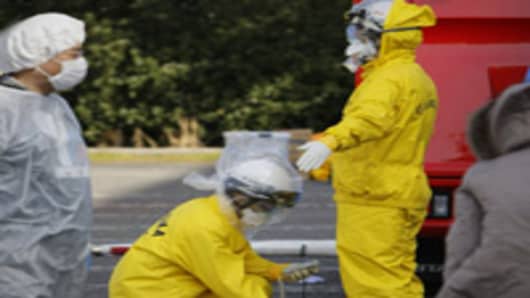According to Bill Dedman's article today for MSNBC, the NRC has calculated that the "typical nuclear reactor" has a 1 in 74,176 chance of being severely damaged and exposing the public to radiation.
But no one lives next door to a 'typical' nuclear reactor: Americans live in cities and towns nearby to specific, individual nuclear sites.
National averages may seek to quantify theoretical aggregate risk—if they do even that—but those numbers don't address the risk of any specific facility, or the risks of the people who live near them.
Which naturally begets the question: Which US nuclear reactor is most likely to suffer the kind of catastrophic disaster from an earthquake that we are now witnessing in Japan?
If you guessed, as I did, that the riskiest site was one of the nuclear reactors in California you'd be incorrect.
According to the NRC's own numbers, the riskiest nuclear reactor in the country is Indian Point Energy Center, In Buchanan NY.
What's truly shocking is that the Indian Point site—the nation's riskiest—is only 24 miles from New York City, which is the most populous city with the most populous metropolitan area in the United States.
(New York City is also the most densely populated large city in the United States, and its metro area is the most densely populate in the US as well. )
To put that 24 mile distance into perspective, the Fukushima nuclear reactor catastrophe—which has turned Tokyo into a 'Ghost Town' —is located six times farther away than Indian Point is from New York City.
The NRC maintains that the risk of an earthquake induced catastrophe at Indian Point are 10,000 to 1.
That number may sound slim—but it's also 7.4 times riskier than the national average.
That number reflects the NRC's latest ratings, which just revised Indian Point's risk probability – upward—by 72 percent.
_______________________________
Questions? Comments? Email us atNetNet@cnbc.com
Follow NetNet on Twitter @ twitter.com/CNBCnetnet
Facebook us @ www.facebook.com/NetNetCNBC


